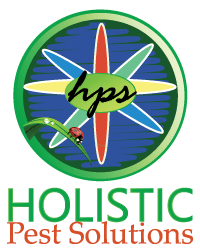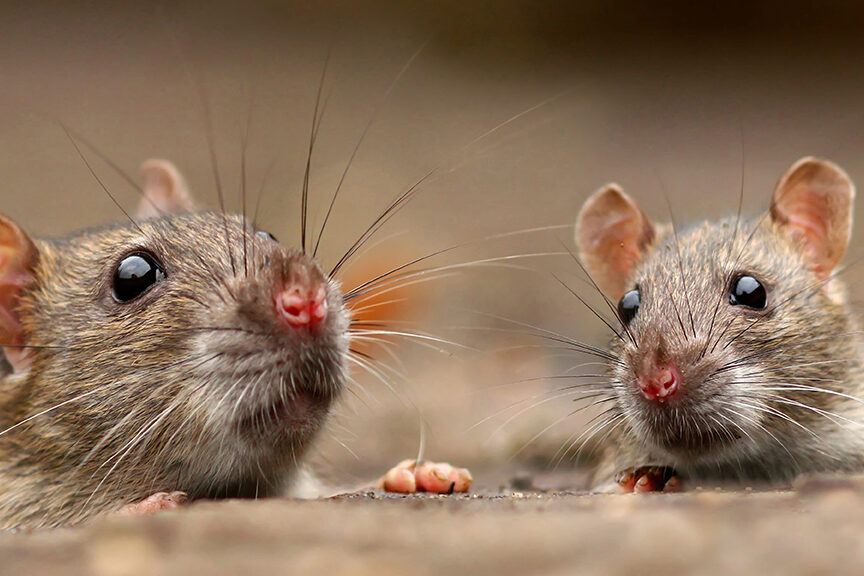LITTLE MOUSE – A MOTHER GOOSE RHYME
I have seen you, little mouse,
Running all about the house,
Through the hole your little eye
In the wainscot peeping sly,
Hoping soon some crumbs to steal,
To make quite a hearty meal.
Look before you venture out,
See if kitty is about.
If she’s gone, you’ll quickly run
To the larder for some fun;
Round about the dishes creep,
Taking into each a peep,
To choose the daintiest that’s there,
Spoiling things you do not care.
Mice can get into homes and become a real problem – building nests, contaminating food, causing damage, and spreading disease. Mother Goose didn’t like them and neither should you. To get rid of them, you may need more than a “kitty”. It helps to understand what they do and what they like. The following are some of the most frequently asked questions — and answers — ie FAQs about mice that will hopefully help!
How Do I Know If I Have Mice?
Although the most obvious sign is that you have mice in your house, of course, seeing live or dead mice in your house. But there are plenty of other signs that can tell you that a mouse infestation may be building. These include:
- gnawed holes in stored foods, piled papers, insulation, etc.
- food scraps or wrappings left behind, especially in out of the way places, in shoes
- excreted droppings – 1/4 – 1/8 inch with pointed end or ends
- rodent hairs
- runways – narrow pathways where dust and dirt have been swept clean, grease marks are noticeable, or urine trails can be seen under black light.
- nests or piled nesting materials.
- skittering on hardwood or laminate floors
- the rank odor of a large infestation.
How Do I Know If It Is a Mouse or a Rat?
Rats are much larger than mice. Mice are much smaller than rats. Mice are about 2 to 3 1/2 inches in length – plus another 3 to 4 inches of tail. The most common rats in the U.S. are the Norway rat and the roof rat. They will be about 14 to 16 inches in length, with tail length varying by species.
What Do Mice Eat?
One of the most important FAQs about Mice is what they eat that keeps them happy existing in your home. Mice most prefer to eat cereal grains and plants, but they will feed on almost anything.
Why Do I Keep Finding Shredded Paper and Black Rice-Like Things?
It is very likely that you have found a mouse nest. A mouse will build its nest from about any soft material or finely shredded paper. And the little black “rice” is most likely mouse droppings. Many mice come in along the plumbing pipes, so many times they will use toilet paper under your bathroom sink for their nest.
How Do I Know If I Have An Infestation?
If you have found any signs of mice – shredded paper or cloth, droppings, urine stains, gnawed items, food spread around in places you can’t remember leaving it – you definitely have an issue. If you pulled Christmas decorations out of the attic or basement and found signs of mouse droppings or gnawed on stockings or ornaments – they’ve found a home with you 🙂
I Think I Have Mice, but I Never See Any. Why?
Mice are nocturnal creatures, so they are most active from dusk up ’til morning light. They don’t usually like bright lights, but a mouse may sometimes be seen during the day, especially if its nest has been disturbed, it is seeking food, or there is a large infestation.
Why Are One or Two Mice a Problem?
In a single year, one female mouse can breed up to 10 litters of 5 to 6 young. These 60 offspring can begin to reproduce themselves in as little as six weeks. So within months, you could have a huge population of mice.
How Do Mice Get in My House?
A mouse can slip through holes and gaps as small as 1/4 inch – much smaller than appears possible. And if it’s not big enough to squeeze through, the mouse can gnaw it until it is big enough. Mice also can jump 13 inches high and can run along wires, cables, and ropes. Because they are excellent jumpers, swimmers, and climbers, mice can climb even rough, vertical surfaces.
We hope this list of FAQs about mice helps give you some insight. If you suspect you have a mouse in your house, you probably have (or will soon have) an infestation. Call on Holistic Pest Solutions so we can help! Mindful of our CLIENTS and our Earth!
*Our Environmental Commitment: Holistic Pest Solutions is committed to the preservation of our environment. Our goal is to nurture the soils and plant life of lawns and landscapes. Utilizing holistic pest control practices that cause the least amount of impact on the environment.







